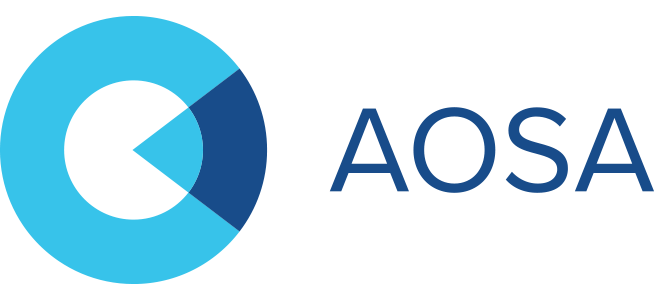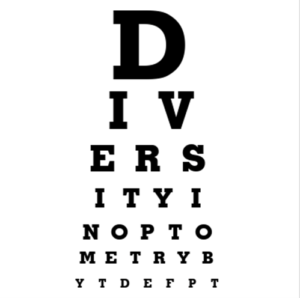In August of 2019, if you asked me what I expected my four years of optometry school to look like, I probably would’ve answered something along the lines of “studying all the time,” “constantly stressed,” or “finally learning specifics about a subject that interests me.” Now that I am two years into school and on the verge of seeing my first patient (AH!), all these expectations have been true to a certain extent. However, what I didn’t expect from optometry school was to thrive under such extreme pressure with the best community of people I’ve ever met.
Like many others, March of 2020 threw a gigantic unforeseen wrench into most of my plans. Spoiler alert: what was supposed to be a two-week quarantine turned into more than two years. In August of 2020, the start of optometry school looked vastly different than I envisioned. Lab groups were limited to 15 individuals, two of which were my roommates, whom I met for the first time on move-in day to an apartment I had never seen before. We received our white coats from a folding table in the lobby in intervals to prevent us from getting within six feet of each other. In our labs, everyone was fully masked, and students were sent home to watch our professors lecture from a screen in our respective rooms. Club meetings looked more like webinars, in which you could submit questions, but everyone was generally too nervous to do so.
When I look back and reflect, this time was one of the strangest in my life. During a roughly four-month period, I knew only 15 people in my entire class. Not only this, but I also had not even seen what 13 of their faces looked like from the eyes down. The days looked like an unending loop of lectures and lab with almost zero social interaction or extracurricular activities. For an entire semester all I did was study, practice, study, practice and study some more. While my grades had never looked better, I was craving the ability to be immersed in the learning environment and do some of the fun events that go along with the stress of learning.
While that was a strange and stressful time in my life, there was a light at the end of the tunnel. As the summer before my second year came around, we received news that classes would be available in the coveted “in-person lecture” option! Clubs could even meet in person (with food)! Finally, a year into school, the full optometry experience was available. I was able to sit in a lecture hall with 130 of my classmates, still fully masked of course, learning the same content in the same place. As simple as this sounds, we forget about the joy those 10-minute breaks between classes gives you when you can joke around with your friends. This was the first time I was able to see most of my classmates’ lower half of their face as we ate lunch. I was shocked to realize that I had unintentionally already filled in the lower half of their face and was completely wrong!
This summer period was the time I can remember the possibilities really opening for my optometric education. Two years into school, I have now had the previously unattainable privilege to meet and interact with most of my classmates, network with some very wise doctors at various club meetings, and shadow older students in the clinic. What began as a period of isolation and fear of the future has become a wide-open space of endless possibilities. And to top it all off, on May 15 of 2022, I was ceremoniously handed my white coat (that is stained with coffee, ink and sodium fluorescence since I’ve been wearing it for two years now) and headed off to examine my first patient the very next day.
Starting optometry school amid a global pandemic has come with some challenges to say the least, but I wouldn’t trade a second of it for anything. The past two years have allowed me to appreciate the immense privilege I’ve been granted to be learning about a field I adore and implementing that knowledge surrounded by some of the best people I’ve ever had the privilege of knowing. School is hard. Life is hard. But overcoming challenges has only made us stronger, more present and prepared to tackle anything that comes our way.






